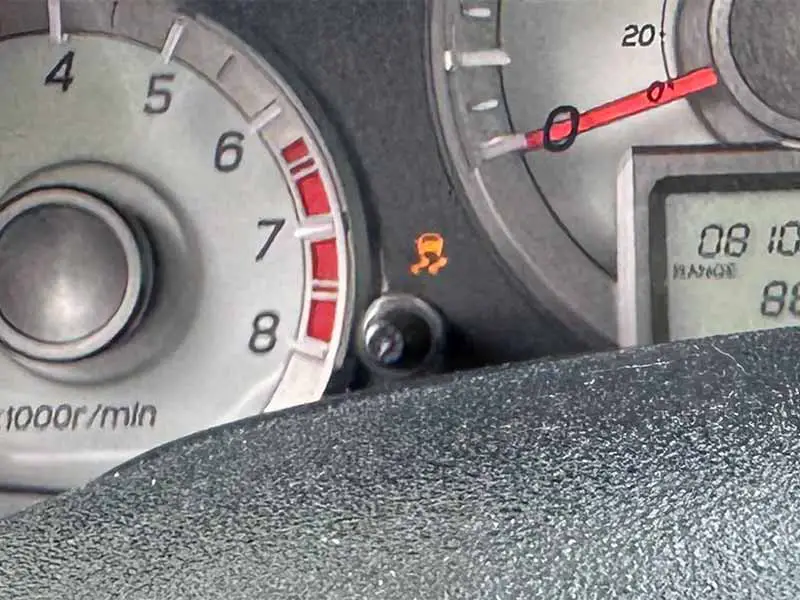Ever been puzzled by an unexpected light on your dashboard after getting an alignment? Discovering the connection between poor alignment and the traction control lights can provide clarity, ensuring both a smoother ride and peace of mind on the road.
Can Bad Alignment Cause Traction Control Light To Come On?
Yes, bad alignment can indirectly lead to the traction control light coming on. Misalignment can cause uneven tire wear, potentially affecting wheel speed sensors and thus the traction control system.
In this article, we will delve into the intricacies of your vehicle’s traction control system, explore the direct and indirect causes of the light activation, and provide actionable steps to address and reset the light.
Let’s take a closer look.
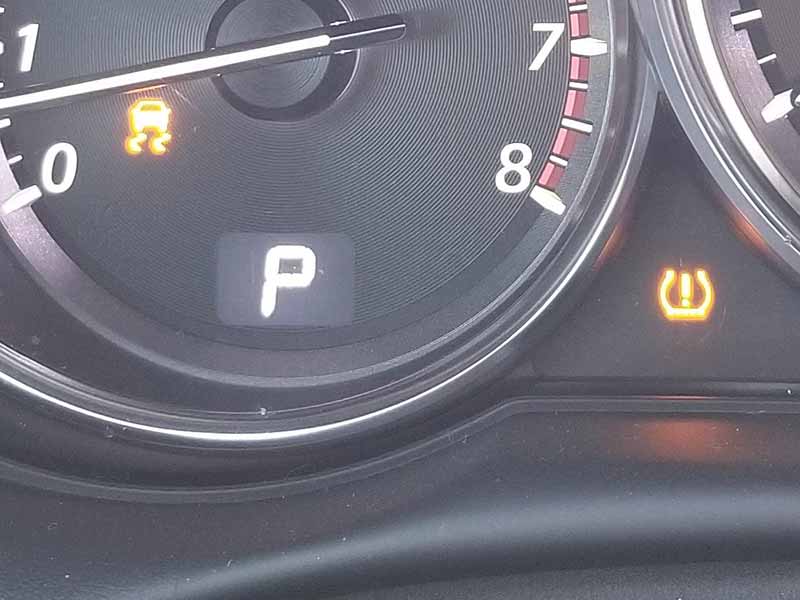
Can Bad Alignment Cause the Traction Control Light to Illuminate?
When your vehicle’s wheel alignment is off, it doesn’t just cause wear and tear on your tires; it can also influence other systems in your car. One system that might be affected is the traction control system.
Understanding the Connection
Wheel alignment can indirectly affect the functioning of the traction control system in several ways:
- Misreading by Wheel Speed Sensors: If the wheels are not aligned properly, they might rotate at slightly different speeds due to uneven wear or changes in rolling resistance. This discrepancy could be mistakenly detected by the wheel speed sensors as a potential loss of traction, triggering the traction control system.
- Steering Angle Sensor Issues: A vital component of the traction control system is the steering angle sensor, which monitors the angle of the steering wheel and the direction the driver intends to go. If the alignment is off, the direction of the tires might not match the steering wheel’s angle, potentially causing the sensor to send false signals to the traction control module.
Addressing Common Queries:
- Traction Control Light on After Alignment: If you’ve recently had your vehicle aligned and the traction control light comes on, it could be due to one of two reasons:
- The alignment was not done correctly, causing an imbalance that the traction control system detects.
- A wheel speed sensor or steering angle sensor was accidentally damaged or misaligned during the alignment process.
- Can Bad Alignment Cause ABS and Traction Control Light to Illuminate?: While the primary function of the ABS (Anti-lock Braking System) is to prevent skidding during braking, it works closely with the traction control system. If there’s a misalignment issue affecting the traction control system, it might also trigger the ABS warning light, as both systems rely on the same wheel speed sensors.
What Should You Do?
If your traction control light illuminates after an alignment, consider the following steps:
- Check the Basics: Ensure your tire pressures are correct, as incorrect pressures can influence wheel speed readings.
- Diagnostic Test: Use a diagnostic tool to read any fault codes from the traction control system. This can provide clues about whether the problem is related to alignment or another issue.
- Professional Inspection: If in doubt, it’s always a good idea to have a professional inspect the alignment and the traction control system to ensure everything is functioning as it should.
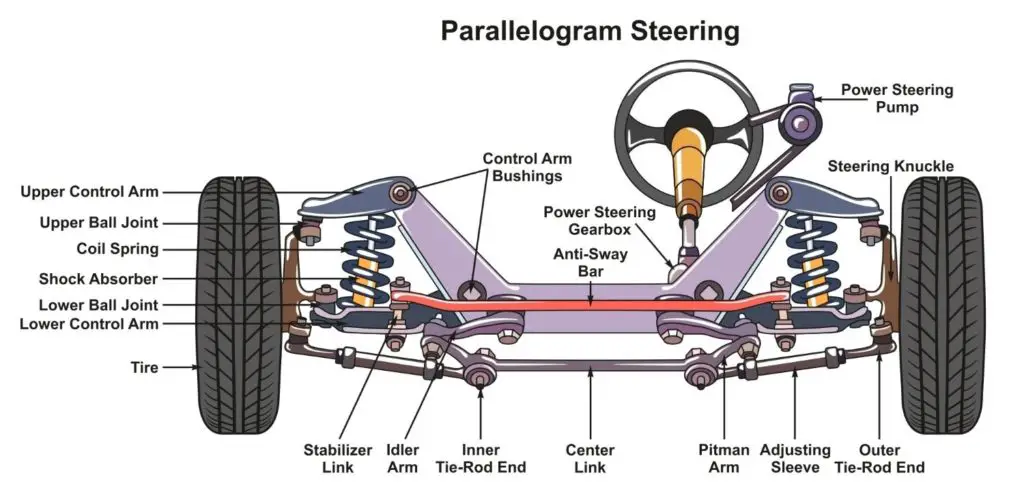
Other Common Reasons for Traction Control Light Activation
While wheel alignment can indirectly influence the traction control system, several other factors might directly cause the traction control light to illuminate. Let’s explore these in detail.
Wheel Speed Sensor Issues
- Faulty Wheel Speed Sensor: The traction control system relies heavily on the wheel speed sensors to monitor each wheel’s rotation. If one or more sensors malfunction or provide inaccurate readings, the system might detect a loss of traction even if none exists.
- Symptoms: Apart from the traction control warning light, a faulty sensor might also cause the ABS light to come on.
- Solution: Inspect and replace the damaged wheel speed sensor.
Steering System Concerns
- Faulty Steering Angle Sensor: The steering angle sensor provides valuable data about the direction the driver intends to move. If this sensor fails, it can falsely activate the traction control system.
- Symptoms: The vehicle might react sluggishly to steering inputs, or you might notice a misalignment between the steering wheel’s position and the vehicle’s direction.
- Solution: Diagnose and replace the faulty steering angle sensor.
Power Steering System
- Issues with the Power Steering System: Modern vehicles come equipped with electric power steering systems. Any malfunction within this system might interfere with the vehicle’s ability to maintain traction, triggering the traction control light.
- Symptoms: Difficulty in steering, especially at lower speeds.
- Solution: Inspect the power steering system, including checking for any fault codes related to it.
Other Factors
- Slippery Roads: Wet, icy, or muddy roads can cause wheels to lose traction frequently. In such conditions, the traction control system activates often to prevent wheel spin, which might cause the light to illuminate.
- Rapid Acceleration: Quick acceleration, especially on slippery surfaces or in powerful vehicles, can cause wheel spin. If the traction control system engages often due to this, the light might stay on as a reminder.
- Low Tire Pressure: While not a direct cause, low tire pressure can affect traction. Ensure tires are inflated to the manufacturer’s recommended levels.
What To Do When the Light Stays On?
If the traction control light remains illuminated, even in normal driving conditions:
- Check for Error Codes: Use a diagnostic tool to check for any error codes. This can pinpoint the issue.
- Inspect the Tires: Look for uneven wear, punctures, or low tire pressure.
- Consult a Professional: If the light remains on and the cause is unclear, seek advice from a professional mechanic or technician. They can provide insights into potential malfunctions and offer solutions.

What To Do When the Traction Control Light Stays On
When the traction control light stays illuminated on your dashboard, it signifies a potential issue with your vehicle’s traction control system. Here’s what you can do:
1. Check the Tire Pressure
Tire pressure plays a pivotal role in ensuring good traction. Improper tire pressure can sometimes cause the traction control light to activate. Here’s how to check and ensure your tire pressure is at the recommended level:
- Locate the Recommended Pressure: This information can typically be found on a sticker inside the driver’s side door jamb, in your vehicle’s owner’s manual, or sometimes on the fuel lid.
- Use a Tire Pressure Gauge:
- Remove the cap from the tire’s valve stem.
- Place the gauge onto the valve stem and press down until you hear a hissing sound.
- Read the pressure indicated on the gauge.
- Compare with Recommended Pressure: If the measured pressure is below the recommended level, inflate the tire using an air pump. If it’s above, release some air until you achieve the desired pressure.
- Check All Tires: Ensure you check the pressure in all tires, not just the one you suspect might be low.
2. Reset the Traction Control Light
The process to reset the traction control light might differ based on the vehicle’s make, model, and year. The steps below offer a general guideline, but always refer to your vehicle’s owner’s manual for specific instructions:
- Turn the ignition to the ‘ON’ position without starting the engine.
- Find the Traction Control button (usually labeled “TCS” or showing a car with squiggly tire tracks) on your dashboard or center console.
- Press and hold this button for several seconds until the light flashes or a chime sounds.
- Turn the ignition back to the ‘OFF’ position.
- Start the vehicle as usual. The light should now be off.
Please Note:
- If your vehicle doesn’t have a dedicated Traction Control button or the above steps don’t apply to your car, consult the owner’s manual for specific reset instructions.
- Some vehicles might require a diagnostic tool or a visit to the dealership to reset the traction control light.
- If you’re unsure or can’t find relevant information in your owner’s manual, it’s always best to consult with a professional mechanic or technician.
3. Seek Professional Help
If, after checking the tire pressure and attempting to reset the traction control, the traction control warning light remains illuminated:
- Diagnostic Check: Before heading to a professional, you can use a vehicle diagnostic tool (if available) to check for error codes. This might give you insights into the problem.
- Visit a Mechanic or Technician: If the issue persists, it’s time to get a professional’s perspective. A certified mechanic or technician will have the tools and expertise to identify and rectify any problems with the traction control system.
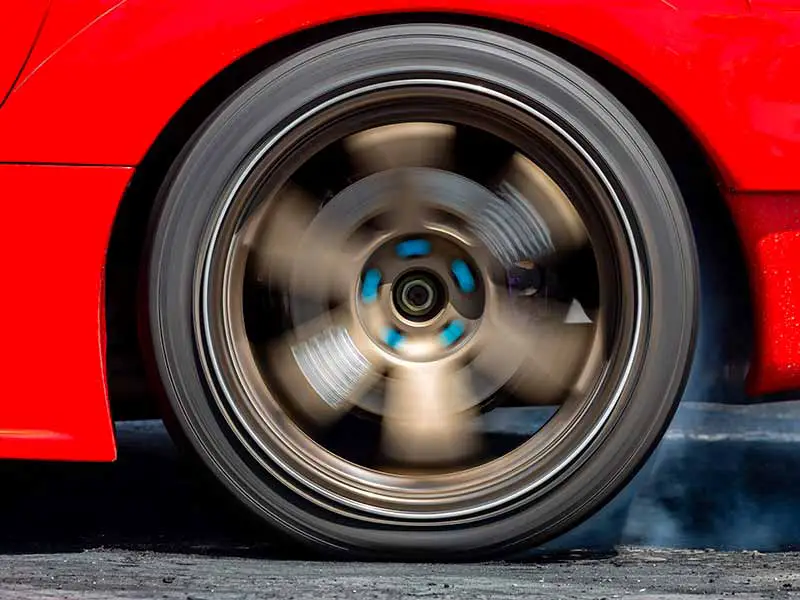
What is Traction Control?
Traction control is a crucial safety feature found in most modern passenger cars and trucks. It’s designed to prevent wheel spin during acceleration by ensuring that all wheels get an equal amount of power.
How Does Traction Control Work?
At its core, the traction control system works by continuously monitoring the speed of each wheel using wheel speed sensors. When the system detects that one or more wheels are spinning faster than the others (indicating potential loss of traction), it takes corrective action. Here’s how:
- Reducing Engine Power: The system can reduce the power output of the engine so that less power goes to the wheels.
- Braking: The system might apply the brakes to the spinning wheel(s) to bring them back in line with the others.
- Shifting Power: In vehicles equipped with advanced systems, the power can be shifted from wheels that are spinning too fast to those with more grip.
Why Is Traction Control Important?
- Safety: The primary goal of traction control is to enhance vehicle safety. By preventing wheel spin, it ensures that the vehicle maintains stable and predictable movement, especially on slippery surfaces.
- Enhanced Performance: While safety is paramount, traction control also aids in improving a vehicle’s performance. By ensuring each wheel receives an equal amount of power, it allows for smoother acceleration and better handling.
- Tire Longevity: Excessive wheel spin can wear out tires prematurely. By controlling this spin, traction control can help in extending the life of your tires.
Key Components of the Traction Control System
- Wheel Speed Sensors: These are the eyes of the system. They continuously monitor the speed of each wheel, sending data to the vehicle’s computer.
- Control Module: This is the brain of the system. It processes the data from the wheel speed sensors and decides what action to take if a loss of traction is detected.
- Brake Actuator: This component receives signals from the control module and can apply brakes to specific wheels when necessary.
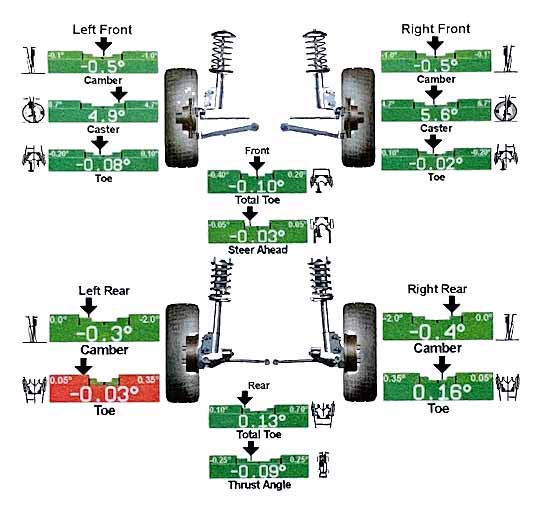
Bad Alignment: What Does It Mean?
Wheel alignment refers to the angle and direction at which the tires are set. Proper alignment ensures that tires are pointed straight ahead and are parallel to each other, allowing them to work together to maximize road contact and ensure the vehicle handles correctly.
Types of Alignment Issues
There are three primary types of wheel alignment problems that can affect a vehicle:
- Camber: This refers to the inward or outward tilt of the top of the tire. If you look at a tire and it seems to lean towards or away from the vehicle, this indicates camber issues.
- Positive Camber: The top of the tire tilts away from the vehicle. This can lead to wear on the outer edge of the tire.
- Negative Camber: The top of the tire tilts towards the vehicle. This can cause wear on the inner edge of the tire.
- Toe: Imagine looking at your feet from a bird’s-eye view. If you point your toes inwards, they resemble “toe-in”, and if you point them outward, they resemble “toe-out”. Similarly:
- Toe-In: The front of the tires point towards each other.
- Toe-Out: The front of the tires point away from each other. Incorrect toe can result in uneven tire wear and a vehicle that drifts to one side.
- Caster: This refers to the angle of the steering axis. It affects the balance of steering, stability, and cornering.
- Positive Caster: The steering axis tilts towards the driver. This configuration enhances stability but might increase steering effort.
- Negative Caster: The steering axis tilts away from the driver. It might make steering lighter but can affect straight-line stability.
Consequences of Bad Alignment
Having a misaligned vehicle can lead to various problems:
- Decreased Tire Life: Improper alignment often leads to uneven tire wear. As a result, you might find yourself replacing tires more frequently than you’d like.
- Poor Handling: A misaligned vehicle might pull to one side or feel unstable during turns.
- Decreased Fuel Efficiency: When tires aren’t aligned properly, they don’t roll as efficiently. This can increase rolling resistance and decrease your vehicle’s fuel economy.
- Safety Concerns: A vehicle that pulls to one side or feels unstable is naturally a safety concern. Proper alignment ensures predictable vehicle behavior, especially in emergency situations.
Resources
Below are some links you may find helpful when learning about tires
- VSC and traction control lights on after wheel alignment. Unable to reset/recalibrate – Your Mechanic
- Common problems with traction control – Cars.com
Final Thoughts
While bad wheel alignment can indirectly influence this system, it’s just one piece of the puzzle. It’s essential to recognize that the traction control light can be triggered by a myriad of factors, from wheel speed sensor issues to steering system concerns.
Regular maintenance and prompt attention to such warning lights are not just about avoiding inconveniences—they’re vital to safeguarding your journey.
Good luck and happy motoring.
